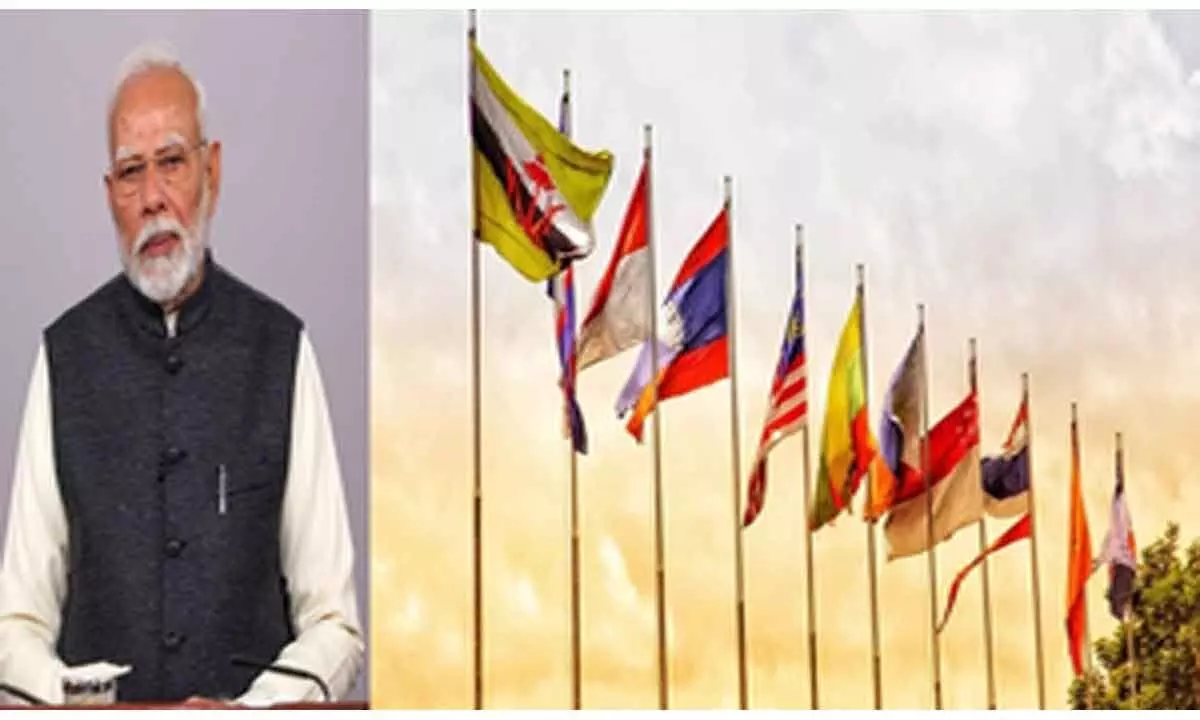online casino free credits
2025-01-13 2025 European Cup online casino free credits
News
Aide to finance minister outlines tax reforms What lies in the centre of the reform effort is the targeting of high-value non-filers Adviser to the Finance Minister Khurram Schehzad. — Linkedin@khurramschehzad/File KARACHI: The government has launched a sweeping set of tax reforms aimed at narrowing the country’s substantial tax gap, estimated at Rs7.1 trillion. Adviser to the Finance Minister Khurram Schehzad outlined key measures in a detailed series of posts on X (formerly Twitter), highlighting the Federal Board of Revenue’s (FBR) compliance and enforcement strategies. googletag.cmd.push(function() { googletag.display('div-gpt-ad-1700472799616-0'); }); What lies in the centre of the reform effort is the targeting of high-value non-filers. With 4.9 million non-filers identified through data from banks, property registries, vehicle records and telecom spending, the government has used algorithms to categorise these individuals into actionable clusters. Of these, the top 5.0 per cent of earners, representing 3.3 million individuals, owe over Rs1.6 trillion in taxes. However, only 0.8 million of these high-income earners file returns, leaving 2.7 million unaccounted for. Notices have already been issued to 169,000 affluent non-filers, with enforcement plans extending into 2025. High-value non-filers include those with annual bank profits exceeding Rs1.3 million, ownership of three or more vehicles, or deposits over Rs28 million. A digital dashboard has been deployed to monitor enforcement progress. To combat systemic tax evasion, the FBR is establishing linkages with major value chains in industries such as sugar, cement, textiles and beverages. Advanced technologies, including video-based production monitoring and track-and-trace systems, are being employed to reconcile sectoral data with tax filings, Schehzad unveiled in his post. The sugar industry, for instance, is already under scrutiny, with data from video analytics and track-and-trace solutions monitored centrally. Similar measures will soon expand to other priority sectors. Automation plays a pivotal role in curbing sales tax evasion. Businesses engaging in fraudulent input tax adjustments have been identified using network analytics tools that trace transactions across sales chains. This innovation reduces auditing time from days to minutes, boosting the FBR’s ability to identify and address fraudulent practices. According to the adviser, a new system of faceless assessments aims to eliminate collusion between importers and appraisers. Goods Declarations (GDs) are now randomly assigned to a centralised pool of sanitised appraisers. Enhanced monitoring, including body cameras, ensures transparency, with 80 per cent of Karachi’s import volume already covered under the system. The initiative will expand nationwide by 2025. The Tax Amendment Bill 2024 introduces stricter penalties for non-compliance. Non-filers will be barred from purchasing vehicles exceeding 800cc, opening bank accounts, buying property beyond specified limits, or acquiring shares. These measures signal the government’s resolve to end the culture of tax evasion. While acknowledging that reforms are a work in progress, Schehzad said that Pakistan is on the “right track” to creating a balanced and effective tax system. By combining targeted enforcement, advanced automation, and legislative changes, the government aims to enhance tax compliance and boost revenue collection.Monday, December 30, 2024 China has unveiled the CR450 EMU, a groundbreaking high-speed train prototype designed to set a new global standard for rail travel. Introduced in Beijing, the CR450 is engineered to achieve an operational speed of 400 kilometers per hour, positioning it as the fastest high-speed train on the planet. This innovation is expected to redefine connectivity and efficiency for the nation’s sprawling passenger network, delivering faster and more convenient travel experiences. Designed to cut travel times significantly, the CR450 represents a leap forward in rail technology and infrastructure. During testing, the CR450 prototype reached a peak speed of 450 kilometers per hour. It excels in key performance areas such as energy efficiency, noise reduction, operational stability, and braking precision, achieving international acclaim for setting new benchmarks. The CR450 is a step above its predecessor, the CR400 Fuxing high-speed trains, which operate at a maximum speed of 350 kilometers per hour. This next-generation model is engineered with a 22 percent reduction in operational resistance and a 10 percent lighter structure, marking significant advancements in design and efficiency. These innovations underline a bold commitment to advancing domestic technology while fostering a greater degree of self-reliance in high-speed rail systems. With these breakthroughs, the CR450 is expected to elevate the country’s position as a global leader in rail transportation. China’s high-speed rail network, the most extensive in the world, spans over 46,000 kilometers as of September, accounting for more than 70 percent of the global total. The CR450’s introduction further cements this dominance, offering a glimpse of the future for rail travel. The CR450 is not only about speed—it is also designed with passenger comfort in mind. The train features advanced technologies to minimize interior noise, improve aerodynamics, and provide a more spacious and luxurious environment. These upgrades ensure an enhanced experience for travelers, whether on short commutes or long journeys. By improving energy efficiency and reducing emissions, the CR450 aligns with China’s sustainability goals. Its cutting-edge design demonstrates a commitment to creating eco-friendly transportation solutions while meeting the needs of a rapidly growing passenger base. This latest development highlights the country’s dedication to pioneering transportation technologies. With the CR450, China is set to lead the way in defining the future of high-speed rail, offering both innovation and sustainability on a global scale.
online casino free credits
。
Dick's Sporting Goods's DKS short percent of float has fallen 5.99% since its last report. The company recently reported that it has 3.86 million shares sold short , which is 9.41% of all regular shares that are available for trading. Based on its trading volume, it would take traders 6.12 days to cover their short positions on average. Why Short Interest Matters Short interest is the number of shares that have been sold short but have not yet been covered or closed out. Short selling is when a trader sells shares of a company they do not own, with the hope that the price will fall. Traders make money from short selling if the price of the stock falls and they lose if it rises. Short interest is important to track because it can act as an indicator of market sentiment towards a particular stock. An increase in short interest can signal that investors have become more bearish, while a decrease in short interest can signal they have become more bullish. See Also: List of the most shorted stocks Dick's Sporting Goods Short Interest Graph (3 Months) As you can see from the chart above the percentage of shares that are sold short for Dick's Sporting Goods has declined since its last report. This does not mean that the stock is going to rise in the near-term but traders should be aware that less shares are being shorted. Comparing Dick's Sporting Goods's Short Interest Against Its Peers Peer comparison is a popular technique amongst analysts and investors for gauging how well a company is performing. A company's peer is another company that has similar characteristics to it, such as industry, size, age, and financial structure. You can find a company's peer group by reading its 10-K, proxy filing, or by doing your own similarity analysis. According to Benzinga Pro , Dick's Sporting Goods's peer group average for short interest as a percentage of float is 12.48%, which means the company has less short interest than most of its peers. Did you know that increasing short interest can actually be bullish for a stock? This post by Benzinga Money explains how you can profit from it. This article was generated by Benzinga's automated content engine and was reviewed by an editor. © 2024 Benzinga.com. Benzinga does not provide investment advice. All rights reserved.
Stormont minister Maurice Morrow told an official he would not raise the issue with the Northern Ireland Executive, despite similar measures being considered in England and Wales. A file on planning arrangements for the jubilee celebrations reveals a series of civil service correspondences on how Northern Ireland would mark the occasion. It includes a letter sent on January 11 2001 from an official in the Office of the First Minister/Deputy First Minister (OFMDFM) to the Department of Social Development, advising that a committee had been set up in London to consider a programme of celebrations. The correspondence says: “One of the issues the committee is currently considering is the possibility of deregulating liquor licensing laws during the golden jubilee celebrations on the same lines as the arrangements made for the millennium. “It is felt that the golden jubilee bank holiday on Monday 3 June 2002 is likely to be an occasion on which many public houses and similar licensed premises would wish to stay open beyond normal closing time.” The letter said a paper had been prepared on the issue of extending opening hours. It adds: “You will note that paragraph seven of the paper indicates that the devolved administrations ‘would need to consider deregulation separately within their own jurisdictions’. “I thought that you would wish to be aware that this issue is receiving active consideration for England and Wales and to consider whether anything needs to be done for Northern Ireland.” Some months later a “progress report” was sent between officials in OFMDFM, which again raised the issue of licensing laws. It says: “I spoke to Gordon Gibson, DSD, about Terry Smith’s letter of 12 January 2001 about licensing laws: the matter was put to their minister Maurice Morrow (DUP) who indicated that he would not be asking the NIE (Northern Ireland Executive) to approve any change to current licensing laws in NI to allow for either 24 hour opening (as at the millennium) nor a blanket approval for extended opening hours as is being considered in GB. “In both cases, primary legislation would be required here and would necessitate consultation and the minister has ruled out any consultation process.” The correspondence says individual licensees could still apply for an extension to opening hours on an ad hoc basis, adding “there the matter rests”. It goes on: “DSD await further pronouncements from the Home Office and Gibson and I have agreed to notify each other of any developments we become aware of and he will copy me to any (existing) relevant papers. “Ministers may well come under pressure in due course for a relaxation and/or parity with GB.” The document concludes “That’s it so far...making haste slowly?” Emails sent between officials in the department the same month said that lord lieutenants in Northern Ireland had been approached about local events to mark the jubilee. One message says: “Lord lieutenants have not shown any enthusiasm for encouraging GJ celebrations at a local level. “Lady Carswell in particular believes that it would be difficult for LLs to encourage such activities without appearing political.”
Miller puts up 24, SMU downs Longwood 98-82




